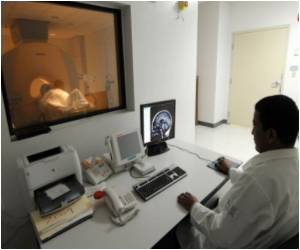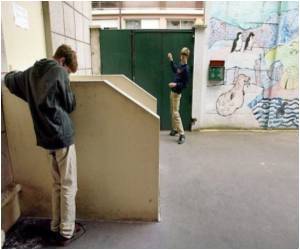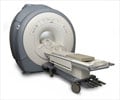Researchers at the University of Utah (U of U) are one step closer to diagnosing autism using MRI.

Those areas are in "hot spots" associated with functions such as motor skills, attention, facial recognition, and social functioning- behaviors that are abnormal in autism. MRI's of people without the disorder did not show the same deficits.
"We know the two hemispheres must work together for many brain functions," says Anderson. "We used MRI to look at the strength of these connections from one side to the other in autism patients."
Other than increased brain size in young children with autism, there are no major structural differences between the brains of people with autism and those who do not have the disorder that can be used to diagnose autism on a routine brain MRI. It has been long believed that more profound differences could be discovered by studying how regions in the brain communicate with each other.
The study, and other work U of U researchers are doing using diffusion tensor imaging (measures microstructure of white matter that connects brain regions), reveals important information about autism.
The advances highlight MRI as a potential diagnostic tool, so patients could be screened objectively, quickly, and early on when interventions are most successful. The advances also show the power of MRI to help scientists better understand and potentially better treat autism at all ages.
Advertisement
"This work adds an important piece of information to the autism puzzle. It adds evidence of functional impairment in brain connectivity in autism and brings us a step closer to a better understanding of this disorder. When you understand it at a biological level, you can envision how the disorder develops, what are the factors that cause it, and how can we change it. "
Advertisement
Source-ANI













